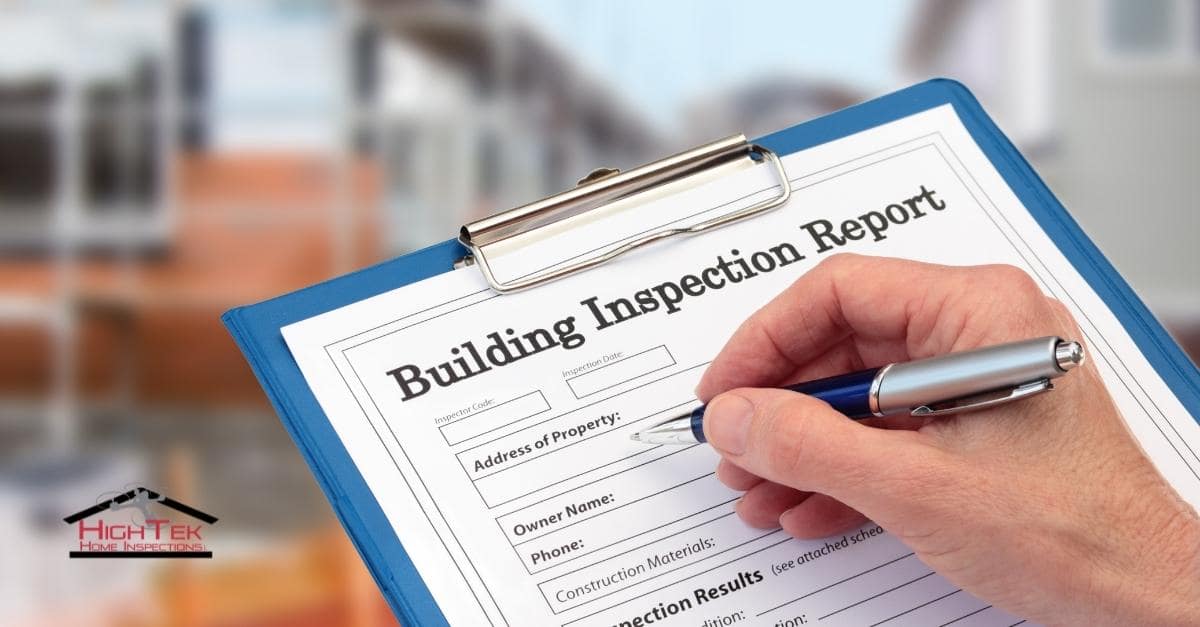Getting a home inspection is a crucial part of both buying and selling a house. However, reading and understanding your home inspection report can sometimes be difficult. Here are some tips and tricks that can make it easier.
Common Terminology
For starters, a full understanding of your home inspection report will require you to be familiar with common lingo used in the report.
F
An “F” in the report indicates that something is “Functional,” or working as intended. It may not be in perfect condition, but you likely won’t face issues with the item any time soon.
NI
An item marked “NI” is “Not Inspected,” which often results from it not being accessible or an inability to test the utilities.
AE
“AE” indicates “Additional Evaluation Recommended.” This is used to flag something you should look at further to ensure that it’s in safe, working condition. You may want to get an expert’s opinion on the item’s condition before continuing with a sale or purchase.
S
An “S” suggests that an item may pose “Safety Concerns.” These problems should be properly resolved to continue with a sale or purchase. Otherwise, in addition to safety risks, it may be difficult to secure a loan for the home.
R
An item marked “R” needs “General Repair.” This ranges from a quick fix to a full repair of the item. If the seller does not pay to fix them, buyers may want to negotiate the price of the home to reflect the repair expenses.
D
“D” stands for “Defect.” An item marked this way will require the help of a licensed professional to repair. This will usually be more expensive than a “General Repair.”
Areas of Focus
While all parts of the report are helpful to the reader, the most important are electrical, plumbing, and roof, as well as foundation condition and water damage. Understanding the inspection details of these areas will give you helpful insight into the home’s value and functionality.
Electrical
A functional electrical system means that the house has a working wiring system and electrical appliances. These allow for household appliances and important safety sensors, like smoke and carbon monoxide detectors, to function properly.
Plumbing
This part of the report will encompass everything related to a home’s water supply and access, including pipes, water heaters, disposal drains, and running water appliances like sinks and showers. Pay close attention to this section to ensure you won’t face issues with your water later.
Roof
The roof protects a home from the elements. A solid roof with working gutters and chimneys will make sure your house stays protected from water and ice damage.
Foundation
Your foundation shows if you have issues like cracks, water damage, or leaning in the home’s structure. These things can cause severe problems for the home down the line, so it’s crucial to have a thorough understanding of them.
Other items on your report will include ventilation and insulation, exterior, cooling and heating, fireplace, and doors and windows. The report recipient should also understand the condition of these additional items.
Final Tips
Oftentimes, you will get the best overview of a home’s condition in the report summary. The information here should help you make decisions about necessary repairs and the asking price for the house.
Make contact with your inspector on the day of the inspection to ask any lingering questions. They can elaborate on areas of concern or misunderstanding with your report.
The final sale price of a home should reflect the findings of your report. If a seller is not able to change the price to reflect the condition, you may want to consider other options on the market.
Do you have questions about how to interpret your home inspection report? Contact HighTek Home Inspections or give us a call today! For more tips and our latest updates, follow us on Facebook, Twitter, LinkedIn, Pinterest, SPECTORA or Instagram.


